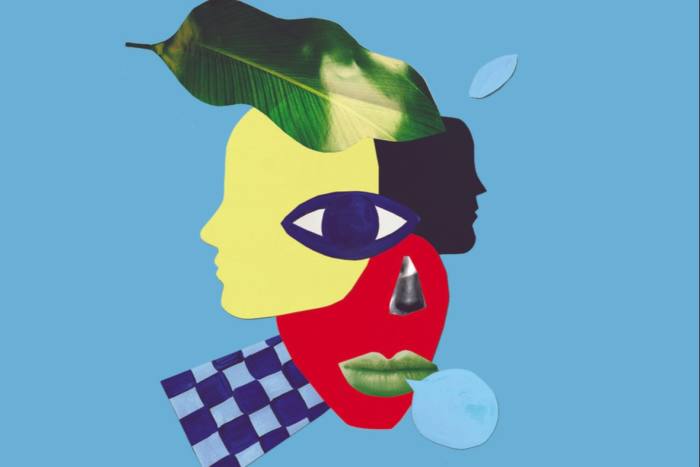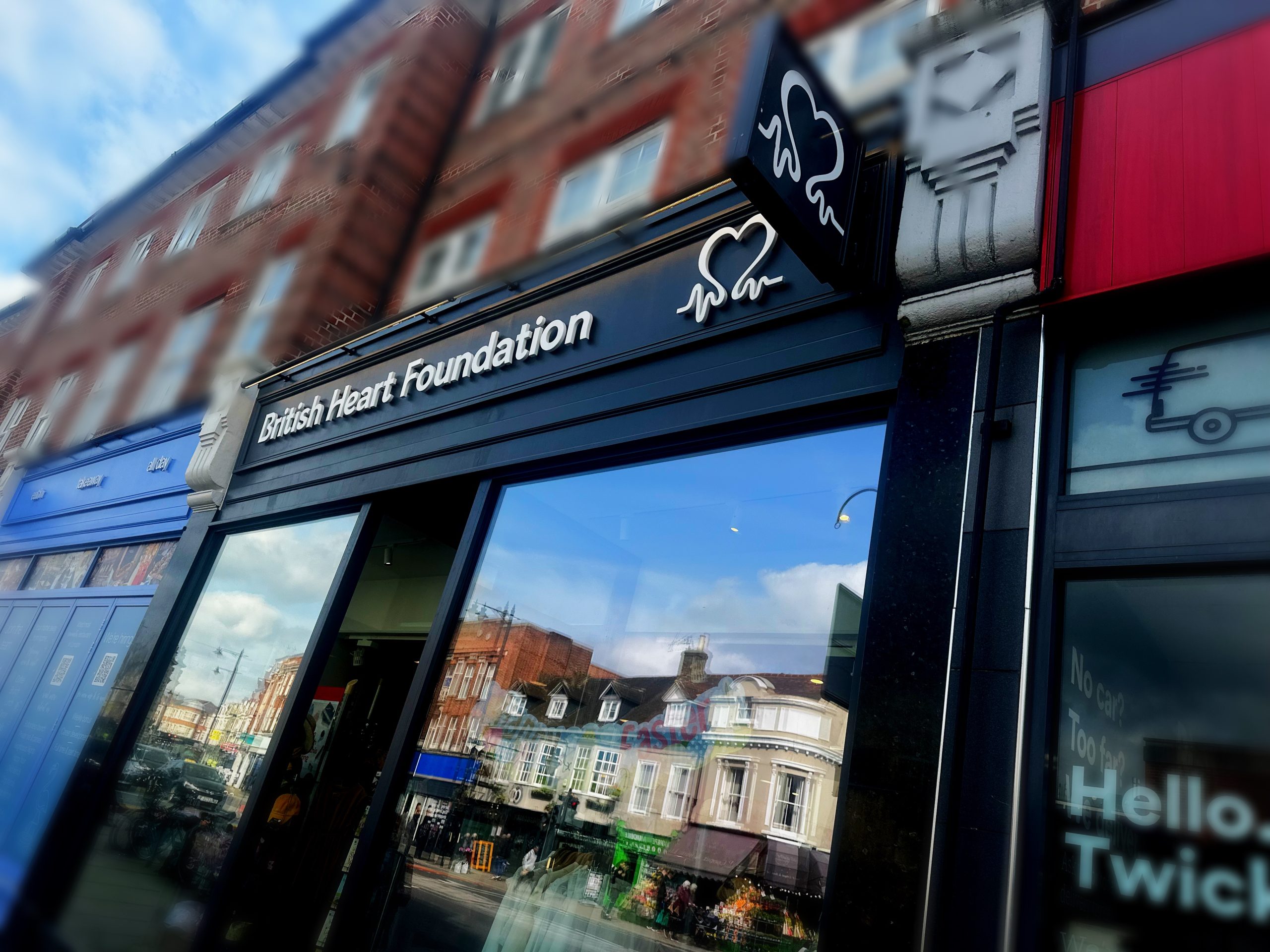I hate the heat in Britain. It scorches the garden and activates old mental scars, burnt into me since the relentless heat of summer 1976. In between I think of ideal alternatives — utopias where thistles are excluded and rain falls gently every night.
During the heatwave red alerts, I let my mind turn away from the glaring garden to the venue of a party in London and the thoughts it provoked. It is one more example of shady repose in the city. London is not a universal sweat shop. It has oases of green, shaded by tall old limes and plane trees. Some of the most green and pleasant are tucked away and little known.
At 381 King’s Road, Chelsea, I found myself in one of these green havens, currently the Close of the Moravian church. Its two mulberry trees have fresh green leaves and its planes and limes are over a hundred years old. It is an ideal site for utopian thoughts as it has close links with two utopias, albeit of very different natures. It illustrates the changes and chances that befall gardens over time. Part of their fascination is that they never stand still.
Number 381 is on the site of the stables, no less, of Thomas More. In 1520, that “man for all seasons” under Henry VIII bought this haven and its adjacent land and enacted grand plans for a mansion, garden and stables down to the Thames. The garden became one of London’s big eight, a riverside octet that gave the city a pleasant frontage on to the Thames: the one survivor is Hampton Court.
More’s Utopia had no door locks and no privacy. I would hate to live and garden in this bossy nightmare
From just beyond the modern Close’s wall, More would set off in his boat for Hampton Court, scenes memorably imagined in 1966’s Oscar-winning film A Man for all Seasons. In his London garden, More entertained Henry VIII to dinner, after which the king is said to have walked for over an hour with his arm around his chancellor’s neck. In 1535, More was sacked and later, axed. As a committed Catholic, he refused to endorse Henry’s divorce and remarriage.
In 1516, four years before buying the Chelsea site, More had already written his imaginary Utopia, destined to be a bestseller. He made his protagonists discuss it in a garden, not in London but in the international trading centre of Antwerp, to which he had just made a diplomatic visit. More’s Utopians were disciplined cultivators who cleared, ploughed and farmed the land for produce. He did not present them as disorderly “primitives”, like those reported by Spaniards and others in some of their accounts of the Americas. Reason, hard work and technology were their hallmarks. They were not at all into wilding. They strove to improve nature, not to reinstate a Paradise lost.
In their walled cities, the Utopians’ homes and gardens were all of the same size. They were distributed by lot to members of the community and, after 10 years, they were allotted all over again. Nobody owned them, but their 10-year occupants took immense pride in gardens. They grew “vines, fruits, herbs and flowers so glistening and so well kept that I have not seen anything more fruitful or elegant anywhere else”, More wrote. They gardened with intense pleasure and “the inhabitants of the several streets, who vie with each other”. Even in 1516 they were depicted as having done so for 1,760 years.
Hans Holbein’s 1527 portrait of Sir Thomas More © Frick Collection, New York; Alamy

The Moravian church Close in west London
Competitive urban flower shows have very old roots, you may be thinking, but life in More’s Utopia was not a cross between a street party idyll and Jeremy Corbyn’s dream come true. There were slaves, sneaks, spies and forced labour. Its founder had prescribed almost everything in great detail, and if he left flowers to individuals’ choices, it was because they were of marginal social concern. There were no locks on front doors and no privacy. I would hate to live and garden in this bossy nightmare.
More’s book appeared in 1516, the year before the Reformation, with the consequent Catholic backlash against free thought. His Utopians were not Christians and were not hampered by original sin. Ten years later, he would surely have written differently. After his death, his London house and garden passed from owner to owner, concluding with Hans Sloane: he had the lead stripped off More’s ruined house while he demolished it and sold the stables and part of the garden to the Moravian church. Its members were ultra Protestants, the very opposite to Catholic More. The stables became the site of a church that More would have regarded as utterly repugnant. Garden owners cannot control the future.
Moravians too had Utopian dreams. Their tombstones are still visible, face up, neatly ordered in rows and none bigger than the next. None is grandly inscribed. Spinsters are buried in one part of the garden, married women in another; men too are divided by age and marital status. I thought at first how More’s Utopia would approve of this neatly regulated community.
Moravians had a utopian ideal too, so I learnt from a church member: it was to bring about Sharon. Across my mind flashed a memory of the inimitable Alan Whicker. In a TV series of his travels, I seem to remember him standing on a beach in Greece, presenting it as a former idyll to which “now, Sharon flies in from Luton”, as the age of package holidays took hold.
Recommended

But the Moravians were not striving to make Essex girls feel at home. They were aspiring to lay out the Sharon of the Bible, the valley that the prophet Isaiah holds up as a future “pasture for flocks”, while the author of that anonymous love-song, now known as the Song of Songs, declares, “I am a rose of Sharon, a lily of the valleys”. Nobody knows what this “rose” really was. Some think it should be translated as crocus. Others think it may be a hibiscus or otherwise, the low-growing yellow flowered Hypericum calycinum that dully covers dry and shaded soil.
The Moravian Christians first gained impetus in post-Reformation Bohemia. In the 1730s one of their leaders had a vision commanding them to spread their beliefs worldwide. Some of them boarded ships for America but disembarked in the Caribbean after stormy travels. There they won Caribbean converts and set down roots that have endured ever since. More’s stables still include a modest Moravian church that welcomes a small Chelsea congregation. Other stables are now studios for artists, part of yet another visionary project, the artistic one of Ernest and Mary Gillick.
I would not want to live in Sharon on Earth. I looked at the present Close and preferred it as it is, green, well treed and kept as an unpretentious haven. I returned home to my brown lawns and wilting phloxes, but eventually heat-alerts end. At the first return of rain, I am happy to be reviving my scorched plants. Utopia is for overheated interludes, but the real ideal on Earth is a garden, ever changing, with its corrigible faults.
Find out about our latest stories first — follow @FTProperty on Twitter or @ft_houseandhome on Instagram
FT Weekend Festival, London

Save the date for Saturday 3rd September to listen to House & Home gardens columnist Robin Lane Fox and more than 100 authors, property experts and artists at Kenwood House Gardens, London. Choose from 10 tents packed with ideas and an array of perspectives, featuring everything from debates to tastings, performances and more. Book your pass at ft.com/ftwf
https://www.ft.com/content/673c5203-8a78-49cb-9314-cefa4cda7526




